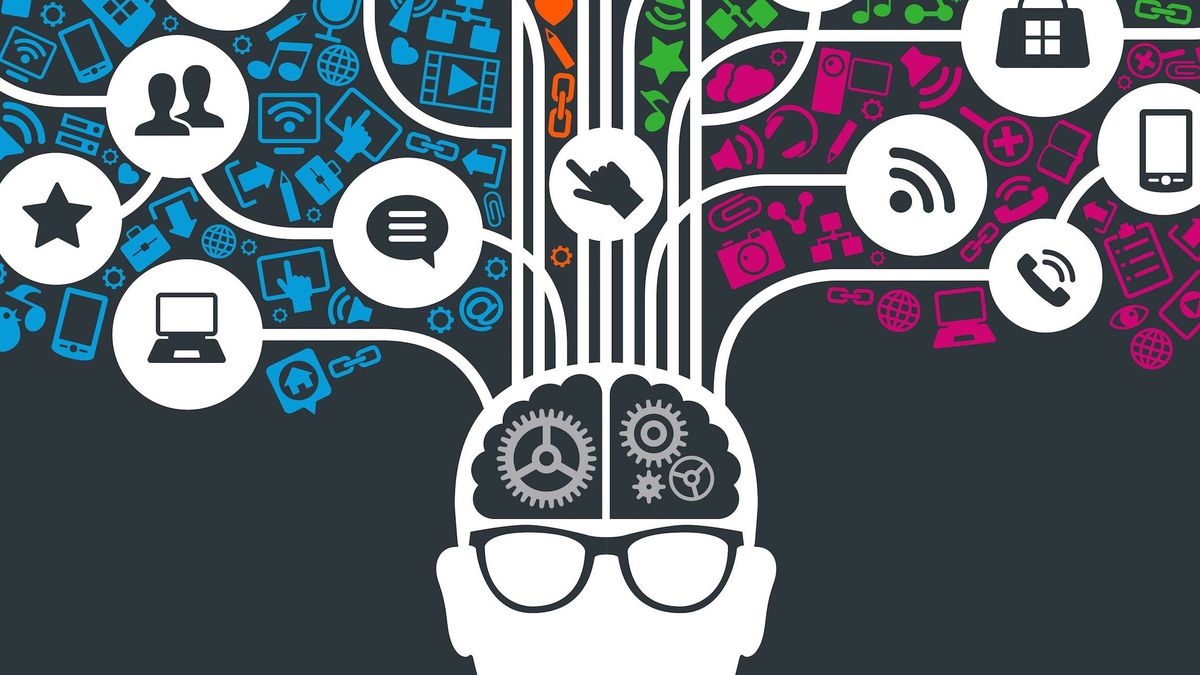There is a whole set of techniques that are most commonly used in neuromarketing studies and that help to understand how the user behaves when making decisions.
As director of an institution that applies wine commercialization and marketing, I am in favor of the use of neuromarketing. As a result of this combination, neuromarketing studies the consumer’s subconscious to improve the user experience for brands.
The content you want to access is exclusive to subscribers.
The brain is the most important organ in our body. It controls all our bodily processes and allows us to handle ourselves in the world. Its correct name would be encephalon, which is the word that encompasses both the brain itself and the cerebellum. It is made up of neurons: nerve cells. Neurons communicate with each other by sending substances called neurotransmitters. These are the ones that regulate our emotions, moods, etc…


Most of its processes occur at a subconscious level and affect our behaviors.
There are usually 3 types of brains distinguished, which are associated with the different stages of the evolution of the human being.
- Logical, Functional, Analytical Brain: This part of the brain is the one dedicated to analyzing the advantages and disadvantages of a situation before making a decision about it. For example: when we want to take a course that involves a significant financial outlay. If we have several options to choose from, our rational brain -weighs- the alternatives. In this way, we look for arguments that allow us to calmly analyze which is the best option based on our needs.
- Limbic, emotional brain: it is made up of those systems that are responsible for controlling our emotions. This type of brain is associated with those purchasing processes that have a more emotional component. It is closely related to impulse purchases. For example: Many of the products that go on sale on Valentine’s Day or other special dates appeal to the emotional component that they imply.
- Reptilian, instinctive brain: it is related to instinctive behaviors and primary emotions. This brain bases its reactions on what is known and is related to more basic purchasing needs, which do not require an exhaustive analysis of the product. For example: When we choose one brand of cereal over another, the decision is usually automatic.
Psychological processes play an important role when making a purchase decision.
There is a whole set of techniques that are most commonly used in neuromarketing studies and that help to understand how the user behaves when making decisions.
- Avoid using round figures when “labeling” your product: As far as possible we should avoid putting round prices on our products since, as various studies have proven, this causes the product to lose value.
- “Product bundles” produce less pain: If you can offer several products in one, the customer’s feeling of “pain” will be less. Regardless of whether the price is ultimately the same.
- Use the “fair” price for your product: It is important that you choose a price for a product that consumers can associate as fair. It is possible that, if you choose to choose a very high cost, you will manage to scare away your clients.
- The more payment methods you enter, the better: It is important to establish several payment methods. This way, you will give your user options and make the purchase easier. Firstly, because paying with a card produces less “pain” for customers than paying with cash.
- Don’t offer too many alternatives: When labeling your product, it is best to opt for simplicity. Yes, we offer many options, in the end what we do is saturate the consumer with information.
- Offer attractive packaging that draws customers’ attention: Have you noticed that the packaging that customers like the most are those that are related to the product, but are groundbreaking? Because? Well, because what goes beyond our established schemes draws our attention to a greater extent and, as a consequence, remains recorded in our brain.
- Try to awaken that “spark” in your clients, but without going overboard.
Director of Winexperts Argentina
Source: Ambito
I am an author and journalist who has worked in the entertainment industry for over a decade. I currently work as a news editor at a major news website, and my focus is on covering the latest trends in entertainment. I also write occasional pieces for other outlets, and have authored two books about the entertainment industry.




